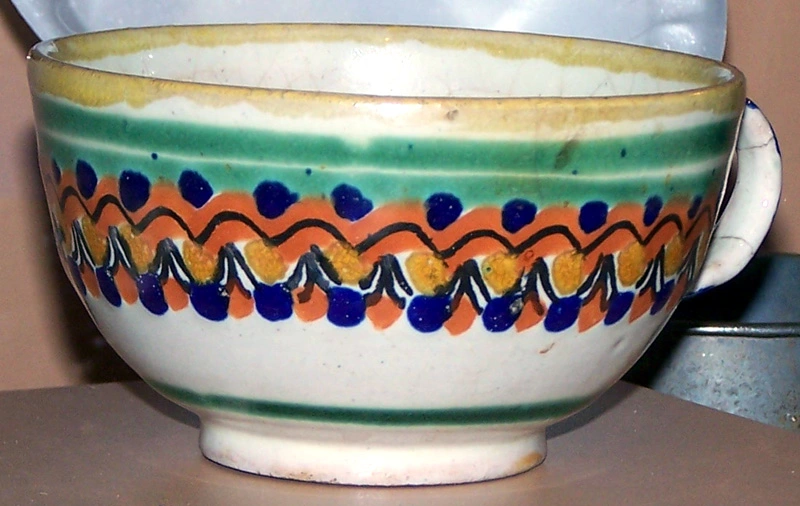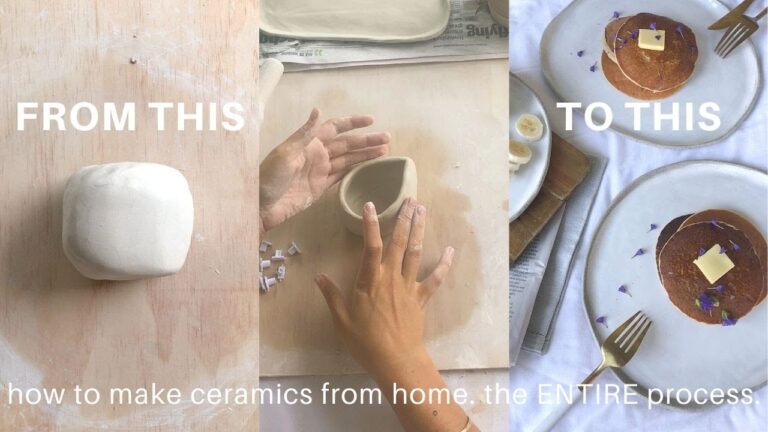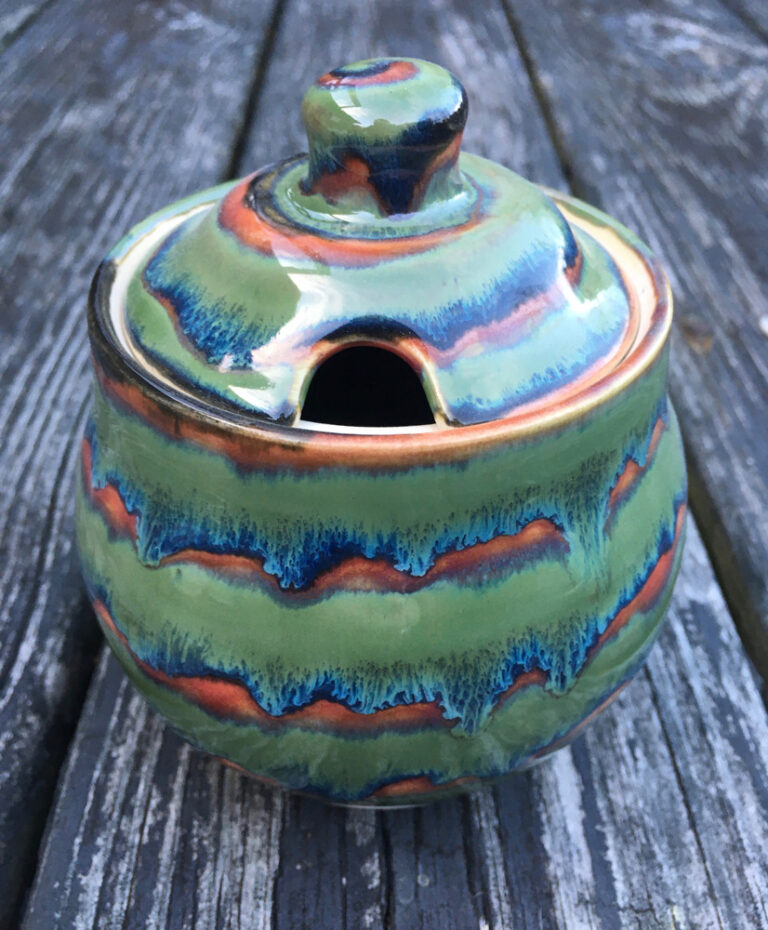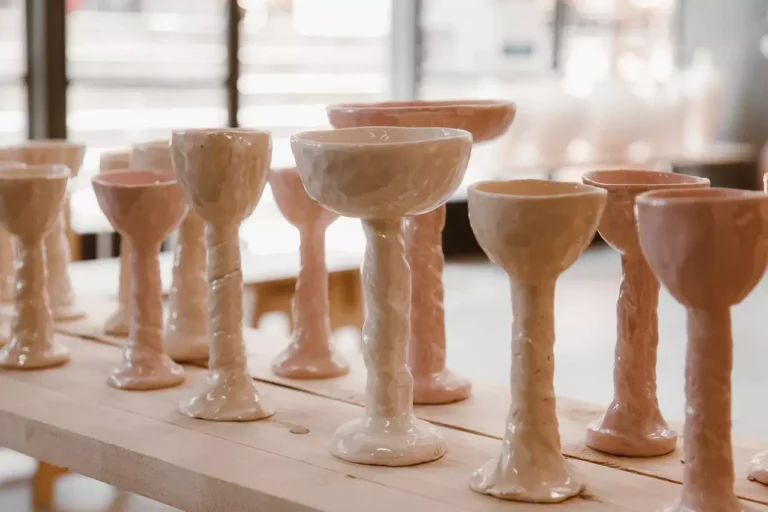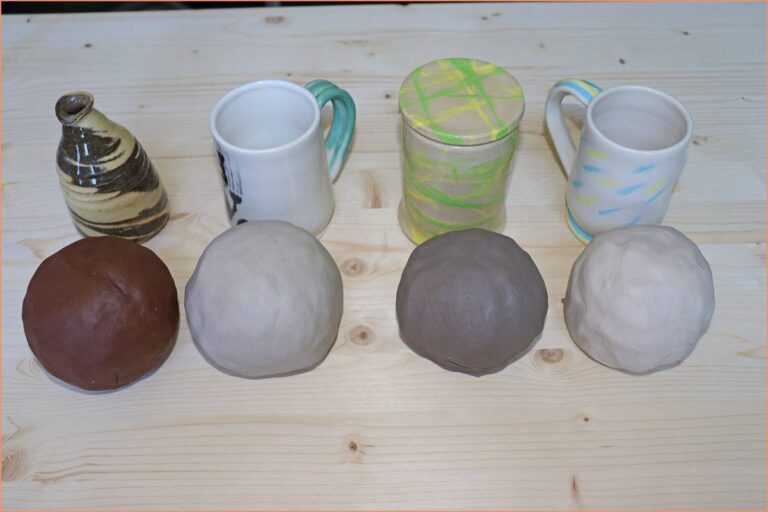How To Identify Majolica Pottery
Majolica pottery is renowned for its vibrant colors, intricate designs, and three-dimensional features. This type of pottery has a rich history and continues to captivate collectors and enthusiasts worldwide.
If you’re interested in identifying Majolica pottery, this article will guide you through the process, from understanding its characteristics to recognizing important markings. Whether you’re a beginner or an experienced collector, this comprehensive guide will help you authenticate and appreciate this exquisite art form.
Introduction
Majolica pottery originated in the 19th century and quickly gained popularity for its distinctive style and visual appeal. It encompasses a wide range of ceramic wares, including plates, bowls, tiles, and figurines. To identify Majolica pottery, it’s crucial to familiarize yourself with its unique characteristics, explore different types, and learn how to analyze various aspects such as colors, glaze, patterns, and three-dimensional features.
What is Majolica Pottery?
Majolica pottery refers to a type of earthenware characterized by its colorful glazes and elaborate designs. It is usually made from a porous clay body that is covered with a lead glaze, allowing for the vivid application of bright and vibrant colors. Majolica pottery is typically associated with the Victorian era and often features nature-inspired motifs such as leaves, flowers, fruits, and animals.
History of Majolica Pottery
Majolica pottery has a fascinating history that dates back to the Renaissance period. Its roots can be traced to the island of Majorca in Spain, from which it derived its name. The art of majolica spread across Europe, with Italy becoming one of the leading producers during the 15th and 16th centuries. However, it wasn’t until the mid-19th century that majolica experienced a resurgence in popularity, particularly in England and the United States.
Characteristics of Majolica Pottery
Bright and Vibrant Colors
One of the defining features of Majolica pottery is its striking use of colors. The glazes employed in majolica ceramics are known for their brilliance and intensity. You’ll often find a broad spectrum of hues, including vibrant greens, blues, yellows, oranges, and purples. These bold colors contribute to the overall allure and visual impact of Majolica pottery.
Intricate Designs and Patterns
Majolica pottery showcases intricate designs and patterns that are meticulously hand-painted or molded onto the surface. These designs often incorporate natural elements like flowers, leaves, shells, and animals. The level of detail and craftsmanship involved in creating these motifs is a testament to the skill of the artisans who produce Majolica pottery.
Three-Dimensional Features
Another characteristic of Majolica pottery is its three-dimensional features. Some pieces are adorned with sculptural elements, such as fruits, vegetables, animals, or even human figures. These raised elements provide depth and texture, adding an extra layer of visual interest to the pottery.
Types of Majolica Pottery
Majolica pottery encompasses a diverse range of ceramic items. Here are a few popular types:
Majolica Tiles
Majolica tiles are decorative tiles that often feature intricate patterns and vibrant colors. These tiles were commonly used in architectural applications, such as walls, fireplaces, and floors. They are still sought after today for their artistic value and historical significance.
Majolica Figurines
Majolica figurines are small ceramic sculptures that depict various subjects, including animals, mythological figures, and human characters. These figurines showcase the artistry and attention to detail characteristic of Majolica pottery.
Majolica Plates and Bowls
Majolica plates and bowls are functional yet highly decorative pieces. They are often adorned with colorful motifs and elaborate designs, making them a focal point when displayed or used for serving.
How to Identify Majolica Pottery
Identifying genuine Majolica pottery can be an exciting endeavor. Here are some key steps to help you in the identification process:
Examining the Colors
The colors used in Majolica pottery are vibrant and eye-catching. Look for intense shades and a wide range of colors in the design. The colors should be bright and not faded. Keep in mind that some colors, like greens and yellows, were commonly used, while others, like purples and pinks, were less common.
Assessing the Glaze
The glaze on Majolica pottery should be smooth and glossy. It should also have a characteristic “crazing” effect, which refers to fine cracks that develop on the surface over time. Crazing is a natural occurrence in old Majolica pottery and is often a sign of authenticity.
Analyzing the Patterns and Designs
Majolica pottery is known for its intricate and detailed patterns. Look for motifs inspired by nature, such as leaves, flowers, fruits, and animals. The designs should be well-executed and show a high level of craftsmanship. Be aware that different regions and time periods may have distinct design styles.
Checking for Three-Dimensional Features
Many Majolica pieces have raised elements that add a three-dimensional aspect to the design. These features could be fruits, vegetables, or other sculptural elements. Examine the piece closely to identify any raised areas. The three-dimensional elements should be well-defined and integrated seamlessly into the overall design.
Identifying Majolica Pottery Marks
Majolica pottery often bears markings that can provide valuable information about its origin and manufacturer. Here are some common types of marks to look for:
Maker’s Mark
A maker’s mark is a stamp or signature that indicates the pottery’s manufacturer. It can be a symbol, a name, or initials. Researching known maker’s marks can help you identify the pottery’s origin and potentially its value.
Country of Origin
Some Majolica pottery pieces may have marks indicating the country of origin. These marks can provide insights into the regional styles and production centers associated with Majolica pottery.
Date Markings
In some cases, Majolica pottery may feature date markings, indicating the year of production. These markings can help establish the age of the piece and provide valuable context for collectors and enthusiasts.
Tips for Authenticating Majolica Pottery
Authenticating Majolica pottery requires careful examination and research. Here are a few tips to help you in the process:
Researching the Manufacturer
Become familiar with reputable Majolica pottery manufacturers and their distinctive styles. Learn about their production techniques, design motifs, and any unique characteristics that can aid in identification.
Consulting Experts or Appraisers
If you’re unsure about the authenticity of a piece, consider seeking the advice of experts or professional appraisers specializing in ceramics. Their knowledge and experience can provide valuable insights and help you make informed decisions.
Comparing Similar Pieces
Compare the piece you’re examining with known authentic examples of Majolica pottery. Look for similarities in design, color palette, glaze, and overall quality. This comparative analysis can help you identify any discrepancies or indications of forgery.
Common Misconceptions about Majolica Pottery
It’s important to address some common misconceptions surrounding Majolica pottery:
It’s All About Flowers
While floral motifs are prevalent in Majolica pottery, this art form encompasses a much wider range of designs. Majolica pottery can feature various subjects, including animals, fruits, insects, landscapes, and mythological figures.
It’s All Antique
While Majolica pottery originated in the 19th century, contemporary examples are still being produced today. There are both antique and modern Majolica pieces available on the market, catering to different preferences and budgets.
Caring for Majolica Pottery
Proper care and maintenance are essential for preserving the beauty and integrity of your Majolica pottery:
Cleaning and Maintenance
Clean your Majolica pottery gently using a soft cloth or sponge. Avoid harsh chemicals or abrasive materials that can damage the glaze or designs. Regular dusting and occasional light washing should suffice to keep your pieces in good condition.
Displaying and Storing
When displaying Majolica pottery, choose a location away from direct sunlight and excessive heat. Protect your pieces from accidental bumps or falls by using display stands or secure cabinets. When storing, wrap individual items in acid-free tissue paper or bubble wrap to prevent scratches or damage.
Collecting Majolica Pottery
If you’re interested in starting a collection of Majolica pottery, here are a few tips to get you started:
Building a Collection
Start by focusing on a specific theme or type of Majolica pottery that appeals to you. Consider collecting pieces from a particular period, region, or manufacturer. Gradually expand your collection while keeping an eye out for unique and rare finds.
Popular Majolica Pottery Brands
Several renowned manufacturers have produced notable Majolica pottery. Some popular brands include Minton, Wedgwood, George Jones & Sons, and Sarreguemines. Researching these brands and their distinct styles can assist you in making informed collecting decisions.
FAQs
How old is Majolica pottery?
Majolica pottery originated in the 19th century and experienced a resurgence in popularity during that time. However, contemporary examples of Majolica pottery are still being produced today.
What are some famous Majolica pottery manufacturers?
Some renowned Majolica pottery manufacturers include Minton, Wedgwood, George Jones & Sons, and Sarreguemines, among others.
Can Majolica pottery be used for everyday purposes?
While Majolica pottery can be functional, it is often appreciated more for its artistic and decorative value. It is recommended to handle Majolica pieces with care and avoid using them for everyday purposes to minimize the risk of damage.
How do I clean my Majolica pottery?
Clean Majolica pottery gently using a soft cloth or sponge. Avoid using harsh chemicals or abrasive materials that could damage the glaze or designs. Regular dusting and occasional light washing should be sufficient.
Where can I buy authentic Majolica pottery?
Authentic Majolica pottery can be found in antique shops, specialized ceramic galleries, online marketplaces, and auctions. It’s important to research reputable sellers and ensure the authenticity and condition of the pieces before making a purchase.
Conclusion
Majolica pottery is a captivating art form with a rich history and distinctive characteristics. By understanding its vibrant colors, intricate designs, and three-dimensional features, you can identify and appreciate this unique pottery style. Remember to examine the colors, glaze, patterns, and three-dimensional elements when authenticating Majolica pieces.
Take note of markings that indicate the manufacturer, country of origin, and production date. With careful observation and research, you can confidently navigate the world of Majolica pottery and build a collection that brings joy and beauty into your life.
